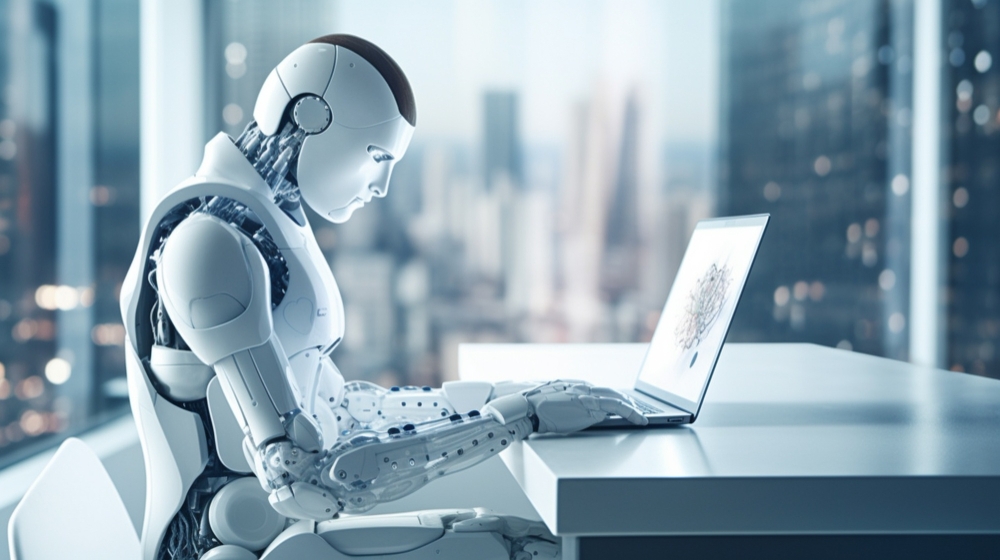Introduction
AI is evolving from simple automation to systems that can understand goals, reason through problems, and take appropriate actions in complex environments. This leap is embodied in a new generation of software systems known as AI agents. These are not just tools, but goal-driven entities capable of decision-making, learning, and real-world execution.
This article explores the design and implementation of goal-oriented AI agents, how they operate, what technologies support them, and why they are central to the future of intelligent software.
What Makes an AI Agent Goal-Oriented
A goal-oriented AI agent is designed to complete specific tasks or achieve objectives based on user input, environmental context, or system directives. Unlike rule-based bots that follow linear logic, goal-driven agents are dynamic and can:
-
Understand intent from unstructured input
-
Formulate a plan of action
-
Execute steps using external tools or systems
-
Adapt their behavior based on feedback and results
For example, if tasked with organizing a team meeting, a goal-oriented agent could check calendars, find a time slot, draft an email, and send out invites—all without explicit step-by-step instructions.
Key Characteristics
-
Intent Recognition: The agent must interpret what the user wants, even from vague or incomplete input.
-
Planning Capability: It decomposes high-level goals into actionable steps.
-
Action Execution: It uses APIs, functions, or tools to complete each task.
-
Adaptability: It adjusts plans based on changing conditions or user feedback.
-
Memory: It stores context to track progress and maintain continuity across tasks.
Architectural Foundations
Building goal-oriented agents requires combining several AI capabilities within a structured architecture:
-
Natural Language Understanding (NLU)
-
Parses user prompts into structured data
-
Identifies entities, actions, and constraints
-
-
Reasoning Engine
-
Determines how to achieve a goal
-
Can use rules, heuristics, or large language models
-
-
Execution Framework
-
Connects to APIs, scripts, and tools
-
Logs and verifies completed actions
-
-
Contextual Memory
-
Stores prior inputs, results, and decisions
-
Maintains state across interactions
-
-
Evaluation Loop
-
Assesses whether the goal has been met
-
Adjusts or retries if necessary
-
Popular Tools and Frameworks
Developers rely on emerging frameworks to speed up agent development:
-
LangChain: Ideal for chaining tasks and managing memory
-
OpenAI Assistants API: Built-in function calling, memory, and goal execution
-
AutoGen: Multi-agent collaboration and task distribution
-
CrewAI: Role-based team agents with shared objectives
-
Semantic Kernel: Combines traditional logic and LLM reasoning
These tools abstract common tasks like prompt parsing, memory management, and tool invocation.
Use Cases for Goal-Oriented AI Agents
-
Business Operations
-
Automating reporting, data entry, and scheduling
-
-
Software Development
-
Assisting with coding, testing, and debugging
-
-
Customer Support
-
Resolving issues end-to-end, not just answering questions
-
-
Personal Productivity
-
Managing tasks, emails, and calendar events
-
-
Healthcare
-
Summarizing patient data, researching treatments, suggesting actions
-
-
Finance
-
Monitoring accounts, flagging risks, executing trades or analysis
-
Goal orientation allows agents to complete workflows, not just provide insights.
Design Challenges
Despite the power of goal-driven agents, developers face key challenges:
-
Ambiguity Handling: Determining intent from incomplete or vague inputs
-
Safety and Control: Preventing unintended or risky actions
-
Tool Reliability: Ensuring external integrations work correctly
-
Trust and Transparency: Making decisions explainable to users
-
Performance and Cost: Managing resource usage from frequent API or model calls
Solutions include fallback logic, human-in-the-loop systems, detailed logging, and user confirmations.
Best Practices for Agent Design
-
Define Clear Boundaries: Specify what the agent can and cannot do
-
Include Reconfirmation Steps: Ask users to approve high-impact actions
-
Log Every Action: Maintain full traceability for debugging and trust
-
Allow Manual Overrides: Let users intervene when needed
-
Use Modular Components: Separate perception, planning, and action for maintainability
The Road Ahead
As AI agents grow more capable, they will become trusted collaborators across industries. Key trends shaping the future include:
-
Persistent Agents: Agents that remember user preferences across sessions
-
Self-Learning Systems: Agents that refine their own workflows over time
-
Multi-Agent Teams: Agents coordinating like human teams
-
Edge-Based Agents: Privacy-first agents running on local devices
With proper design and oversight, goal-oriented AI agents will automate not just tasks but entire processes.
Conclusion
Goal-oriented AI agents represent a significant advancement in intelligent system design. They do not just answer queries or follow scripts. They act with purpose, adapt to challenges, and evolve with experience. By embedding intent recognition, planning, execution, and learning into one cohesive system, we unlock a future where AI is not just intelligent—it is useful, responsive, and action-ready.
For developers, this shift means rethinking software from static logic to dynamic goals. For users, it means AI that works with them, not just for them. And for businesses, it means unlocking new levels of automation, efficiency, and insight in every digital interaction.


